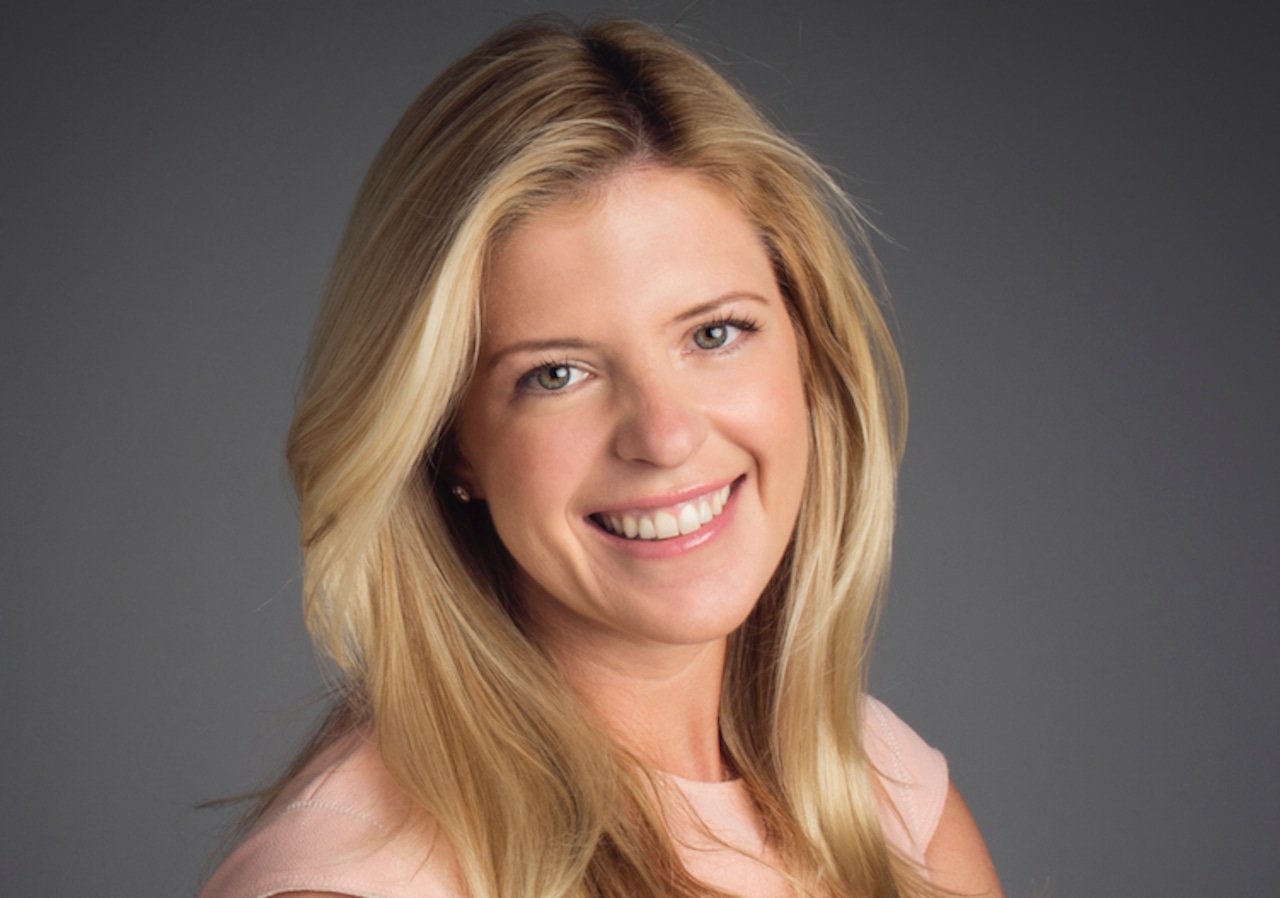I am 37 years old, happily married and have two children, who came along quickly after we got married in my late 20s. I instantly fell in love with them. However, I wasn’t really emotionally or practically ready, and developed postnatal…
Category: 6. Health
-
Statins May Help More People With Type 2 Diabetes Than Doctors Once Thought – SciTechDaily
- Statins May Help More People With Type 2 Diabetes Than Doctors Once Thought SciTechDaily
- Statins in T2D Reduce Mortality, Major CVD Across Spectrum of Cardiovascular Risk Pharmacy Times
- Statins Show Benefit in T2D Even With Low Baseline CVD…
Continue Reading
-
Common Food Preservatives Linked to Increased Risk of Cancer – SciTechDaily
- Common Food Preservatives Linked to Increased Risk of Cancer SciTechDaily
- Associations between preservative food additives and type 2 diabetes incidence in the NutriNet-Santé prospective cohort Nature
- Risk of cancer from packaged foods? Patna…
Continue Reading
-

Acknowledging The Role Of Vitamin D
In recent times, Vitamin D, often known as the sunshine vitamin, has been a topic of discussion among healthcare professionals and the general public alike. It not only keeps our bones healthy but also plays different roles in our body…
Continue Reading
-

Dementia at 24: Britain’s youngest sufferer donates brain to aid research | Health News
A UK man who is thought to be Britain’s youngest dementia sufferer recently passed away from the disease at only 24 years old. Andre Yarham, from Norfolk in England, was just 22 when he was first diagnosed with dementia.
At the age of 24,…Continue Reading
-

PAHO issues alert on simultaneous circulation of seasonal influenza and respiratory syncytial virus in the Americas – PAHO/WHO
Washington, D.C., January 10, 2026 (PAHO) – The Pan American Health Organization (PAHO) has urged countries across the Americas to remain vigilant and strengthen health system preparedness in response to the simultaneous circulation of seasonal…
Continue Reading
-

Too many patients are confused by a doctor’s questionnaire
Medic assessing records. Image by Tim Sandle
Many people, before they sit down with a therapist, need to fill out a form with a set of questions. This is to ensure that the therapist knows why the individual is there and what they might be…
Continue Reading
-

Dear Annie: People call me a cancer ‘survivor’ but I’m depressed and don’t want to just get over it
Dear Annie: I was diagnosed with breast cancer a few months ago. I’ve been through surgery and radiation treatments. According to the oncologists, I should now consider myself a “survivor.” Since I have scars, I’m taking medication for…
Continue Reading
-
Access Denied
Access Denied
You don’t have permission to access “http://indianexpress.com/article/lifestyle/health/5-protein-rich-gut-friendly-foods-to-meet-nutritional-requirements-without-compromising-digestion-10365278/” on this server.
Reference…
Continue Reading
-

The battle over Canada’s mystery brain disease
Joel Gunter,senior international reporter, New Brunswickand
Nadine Yousif,senior Canada reporter, New Brunswick
 BBC
BBCFive hundred people in a small Canadian province were diagnosed with a mystery brain disease. What would it mean for the patients if…
Continue Reading
